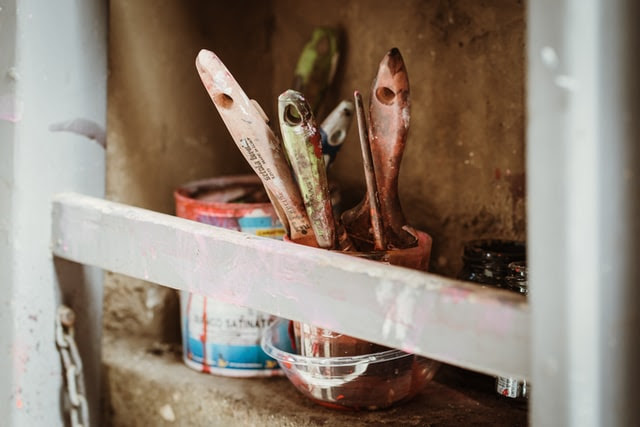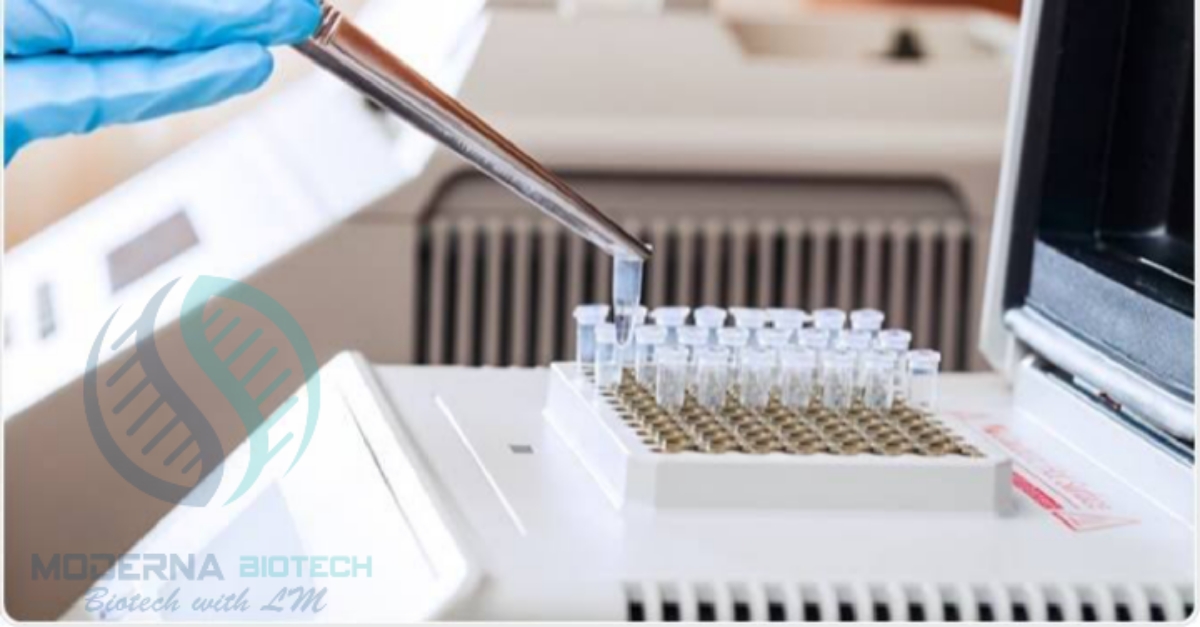
While painting and decorating things, the required person must have to follow certain practices to avoid contamination and hazards. Here in this article, you’ll find certain Safety precautions for painting works
Safety precautions for painting works
All paintwork should be covered with polythene!
Ensure that all paintwork is covered with polythene to prevent contamination during painting. Enclosures should be constructed of rigid panels which are sealed at the joints and corners by use of suitable sealants or gaskets. Where necessary, additional sealing to ceilings, walls, and floors could be achieved by the use of an appropriate adhesive or mastic. It is always advisable to consider hiring a professional painting contractor.
Ensure that all enclosures are capable of being thoroughly ventilated, to prevent the concentration of vapors from paint and solvents from accumulating to a dangerous level.
Ensure that all painters wear overalls that do not constitute a fire risk (e.g. nylon). All painters should wear rubber gloves when they are handling paints containing organic solvents or those containing more than 25% water-based paints as an additive, as well as when applying such materials, during cleaning up operations, and when stripping down equipment after use.
The gas cylinder should be fitted properly
Ensure that gas cylinders for spray guns are fitted with approved pressure regulators, reducing valves, or other safety devices to prevent risks of fire and explosion caused by excess pressure in the cylinder. In addition, cylinders for spray guns must conform to a recognized standard when used with solvent-based materials. Wherever possible, use cup guns rather than siphon or gravity-fed guns. Where you do use a siphon gun make sure that the tubing is not kinked and does not contact hot surfaces.
Ensure that all pressure hoses are of an approved type at least ½ inch (12mm) in diameter, fitted with an approved safety device to prevent the risk of fire and explosion caused by excess pressures within the hose itself. All hoses must be in good condition. You have to check regularly for signs of wear or damage which cause leaks. Always advisable to hire a professional like Jeffery handyman that will take care of these things
Maintenance of cleanliness while painting
Ensure that all spray guns and other equipment are thoroughly cleaned after use, paying particular attention to the inside of the equipment. All paint lines should be drained, flushed through with water, and left open to dry before being placed in storage.
Provide a suitable means for collecting waste paint – disposable metal containers are ideal for small volumes, or larger quantities can be collected in plastic sacks that have been punctured at least six times on each side so as to allow free drainage when immersed in a solvent waste collection tank. Ensure that these containers are not prone to corrosion from contact with paints and solvents containing organic solvents; and ensure that they comply with British Standard BS 2080: Part 5: 1991 (replaces BS 5272: Part 1, 1975) if used with solvent-based paints or solvents.
Ensure that all paint and solvent wastes are collected and disposed of in accordance with the relevant local authority by-laws. Remember that some materials which may be suitable for disposal by pouring down a drain could seriously obstruct it if allowed to solidify, while others can react violently when in contact with water – this is another good reason for keeping ‘acids’ in a separate container from ‘alkalis’. Check your local authorities before disposing of any wastes into the normal drainage system.
In hazardous areas, construct washout units from acid-resistant materials such as stainless, using an efficient drainage system. Wherever possible, avoid the need to use washout units at all by using cup guns rather than siphon or gravity-fed guns
Good ventilation system!
Ensure that all ventilation systems are kept in good working order and comply with British Standard BS 5588 part 2, 1986 or equivalent.
Provide suitable eyewash units adjacent to the paint spraying area. These should be serviced regularly for grit, dust, etc., flushed through regularly with water, and refilled at least once a week with clean water containing an antiseptic such as tincture of iodine or sodium chlorate solution. They should have easy access from the working areas so that they can be used immediately in the event of an accident to the eyes caused by splashing paint materials etc.
Ensure that you know how to contact your local emergency service – ambulance and fire brigade. Where necessary, provide a first aid box containing the equipment and medication for dealing with common accidents.
Suitable working clothes!
Provide each member of staff with suitable working clothes and personal protective equipment such as overalls, goggles, aprons or face shields, etc. Wherever possible use disposable overalls or those which can be laundered after use; ensure that they are replaced at regular intervals (at least once a month) as contaminants such as dyes from paints, solvents, and waste materials may cause skin irritation over time if worn directly against the skin.
Keep in mind that all new staff receives the appropriate training in the safe handling of paint spray materials before being allowed to apply finishes on-site and that refresher courses are conducted periodically. Ensure also that they are familiar with the contents of the manufacturers’ safety data sheets for these materials.
Ensure that all staff is aware of the potential fire and explosion risks associated with paint spraying operations, check regularly for any signs which might indicate a risk of fire – fumes accumulating in confined spaces, accumulation of flammable waste materials, etc.
Check regularly that pipework connecting to spray gun washout units has no leaks which could allow air into the system resulting in suction being applied to rags or other cellulose materials which are likely to produce dust when dry.
See also how to keep car cool in summer



